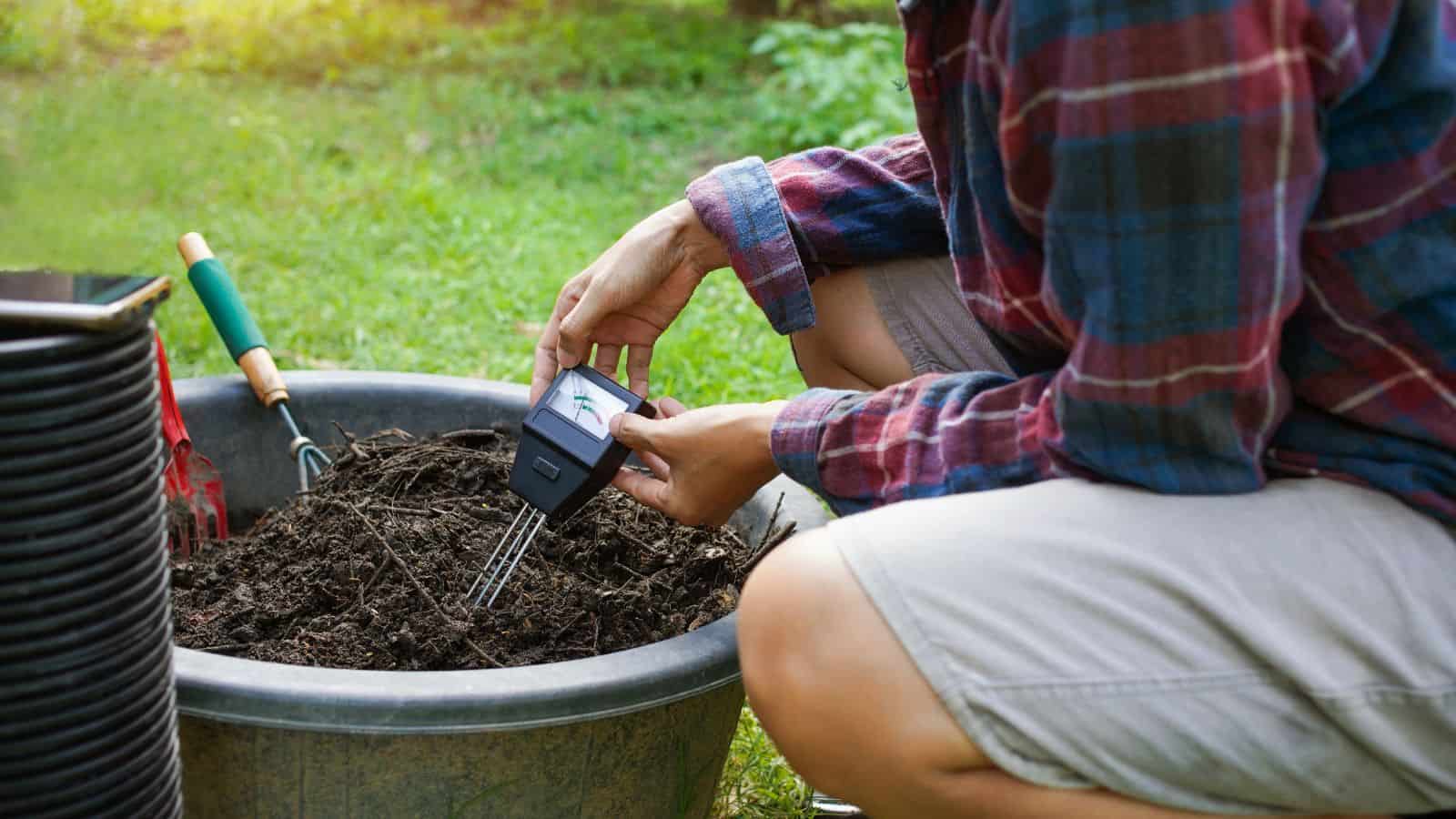Mulching is a simple yet highly effective gardening practice that offers numerous benefits for your plants and soil. By covering the soil with a layer of organic or inorganic material, you can enhance your garden’s health and appearance. Here’s a comprehensive guide to the benefits of mulching and how to do it right.

The Benefits of Mulching
Moisture Retention
One of the primary benefits of mulching is its ability to retain soil moisture. Mulch acts as a barrier, reducing evaporation and keeping the soil underneath moist for longer periods. This is particularly beneficial during hot summer months when water evaporates quickly, helping your plants to stay hydrated with less frequent watering.
Temperature Regulation
Mulch helps regulate soil temperature by keeping it cooler in the summer and warmer in the winter. This creates a more stable environment for plant roots, which can be sensitive to extreme temperature fluctuations. During winter, mulch provides an insulating layer that protects roots from freezing temperatures.
Weed Suppression
By covering the soil, mulch suppresses the growth of weeds by blocking sunlight. This makes it difficult for weed seeds to germinate and grow. Fewer weeds mean less competition for nutrients and water, allowing your plants to thrive.
Soil Health Improvement
Organic mulches, such as compost, straw, or wood chips, break down over time and enrich the soil with organic matter. This process improves soil structure, enhances its ability to retain water and nutrients, and promotes the activity of beneficial soil organisms, such as earthworms and microbes.
Erosion Prevention
Mulch helps prevent soil erosion by reducing the impact of rain on the soil surface. It keeps the soil in place, preventing it from being washed away by heavy rains or irrigation. This is especially important on slopes or in areas with loose, sandy soil.
Aesthetic Appeal
Mulch provides a tidy and uniform appearance to your garden beds. It can be used to create a polished look around trees, shrubs, and flower beds. With various colors and textures available, you can choose a mulch that complements your garden’s design.
How to Mulch Correctly
Choose the Right Mulch
Selecting the appropriate mulch for your garden depends on your specific needs and preferences. Organic mulches, such as wood chips, straw, and compost, are excellent for improving soil health. Inorganic mulches, like gravel or plastic, are better for areas where you want long-term weed control without the need for frequent replacement.
Prepare the Area
Before applying mulch, prepare the area by removing existing weeds and grass. You can use a hoe or hand-pull weeds to ensure a clean surface. This step is crucial for effective weed suppression.
Apply the Mulch
Spread the mulch evenly over the soil surface, aiming for a layer that is 2 to 4 inches thick. Applying too thin a layer won’t provide the desired benefits, while a layer that is too thick can suffocate plant roots and lead to moisture problems. Around trees and shrubs, keep mulch a few inches away from the base to prevent rot and pest problems.
Maintain the Mulch
Over time, organic mulch will decompose and thin out. Check your mulch layer regularly and replenish it as needed to maintain the optimal thickness. Rake the mulch occasionally to keep it loose and to prevent it from compacting.
Avoid Common Mistakes
One common mistake is piling mulch too high against plant stems or tree trunks, which can lead to rot and disease. Another is using mulch with weed seeds or toxic substances. Always source mulch from reputable suppliers and ensure it’s free from contaminants.
